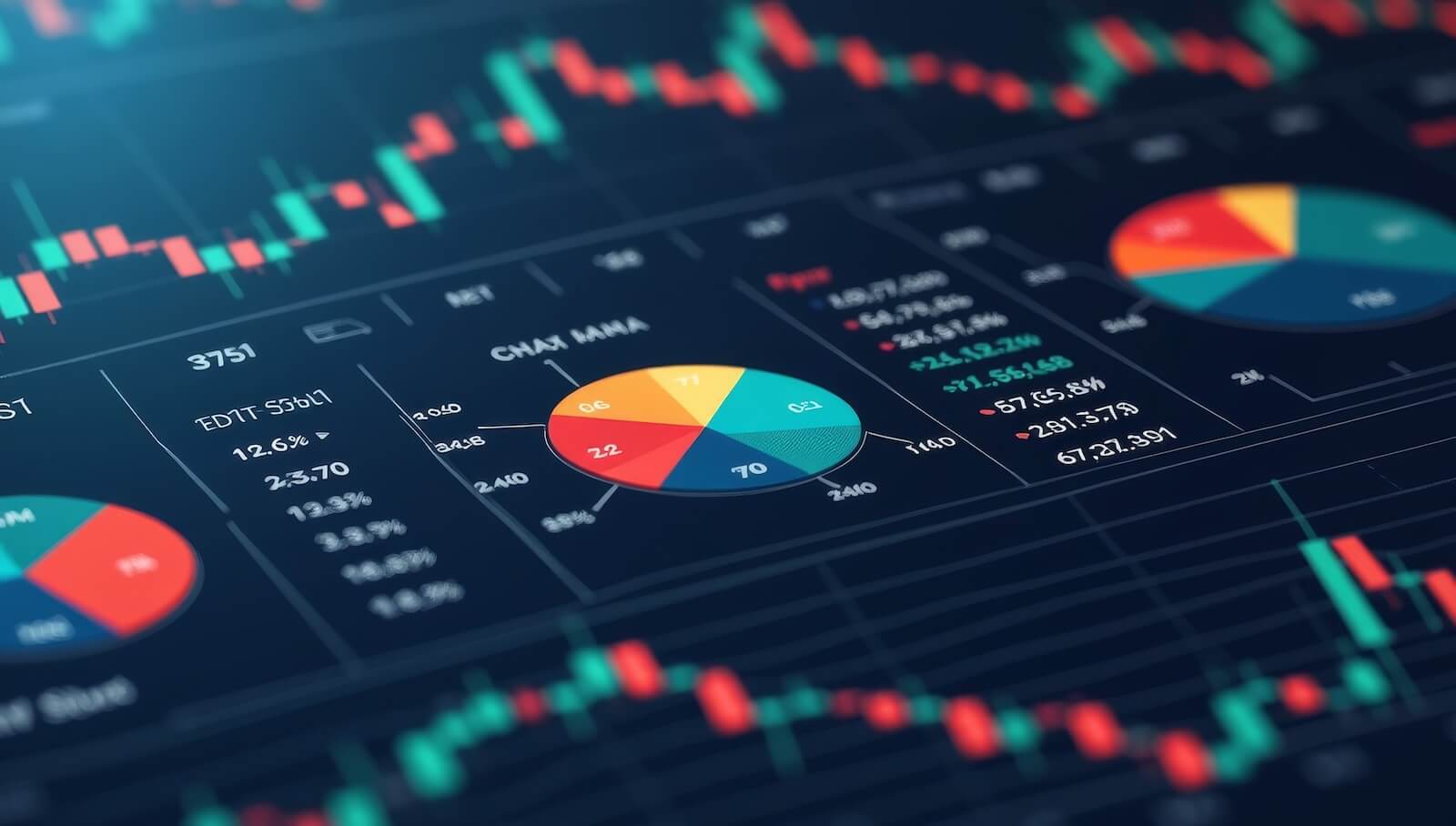REVIEW OF INTERMARKET TRENDS -- THE BIGGEST THREAT FOR 2004 IS RISING RATES
FALLING DOLLAR IS BULLISH FOR COMMODITIES... A key intermarket principle is that a falling dollar produces higher commodity prices. This is especially true for gold. The U.S. dollar peaked at the start of 2002 and has since fallen to the lowest level in seven years. The CRB Index started to rally as the dollar started to tumble nearly two years ago (see arrows). By the end of 2003, the CRB had reached the highest level in seven years. The Dollar Index (Chart 1) appears headed for toward its 1995 low near 80. The CRB Index is challenging its early 1996 peak near 260.

Chart 1

Chart 2
RISING COMMODITIES ARE BEARISH FOR BONDS... Another key intermarket principle is that rising commodity prices are bearish for bonds. That's because bond and commodity prices normally trend in opposite directions. Charts 3 and 4 shows the 20-year downtrend in the CRB Index (representing commodities) coinciding with a 20-year uptrend in bond prices. Chart 3 shows, however, that the CRB Index has broken its 20-year resistance line and is now in a major uptrend. Bond prices meanwhile remain above their long-term support line. If historical patterns hold true, it's just a matter of time before rising commodity prices contribute to a bear trend in bond prices. It may take the CRB Index breaking through its 1996 peak for that to happen. Long-term trends favor higher commodities and lower bond prices. Lower bond prices mean higher long-term rates.

Chart 3

Chart 4
WATCH OUT FOR RISING RATES... In the past, a falling dollar has become bearish for bonds when it pushed commodity prices higher. That's already happened. The dollar, however, can become bearish for stocks when it pushes nterest rates higher. That hasn't happened yet. That, however, may be the greatest risk for stocks in the coming year. With the dollar falling, commodities rising, and the economy in recovery, it seems only a matter of time before long-term rates start to rise. The question is how the stock market will react to rising rates. Chart 5 plots the 10-year T-note yield. Long-term rates jumped sharply during June and July and appear to have bottomed. Since August, however, yields have been trading sideways in a triangular-shaped pattern. Chart readers know that a triangle is usually a continuation pattern. That means that technical odds favor higher rates. Chart 6 compares the trend of the S&P 500 to the trend of rates in Chart 5. Notice that the sharp drop in rates from March to June coincided with a sharp upturn in stocks (see green arrows). The jump in rates during June and July coincided with a pullback in stocks (see red arrows). The drop in rates since September has coincided with higher stocks (see blue arrows). If that pattern holds true, any upside breakout in rates in the coming year could cause problems for the stock market.

Chart 5

Chart 6
CNN-FN THIS AFTERNOON... I'll be guest hosting on CNN-FN this afternoon from 4:00 to 5:00 (NYT). Tune in if you get a chance.











